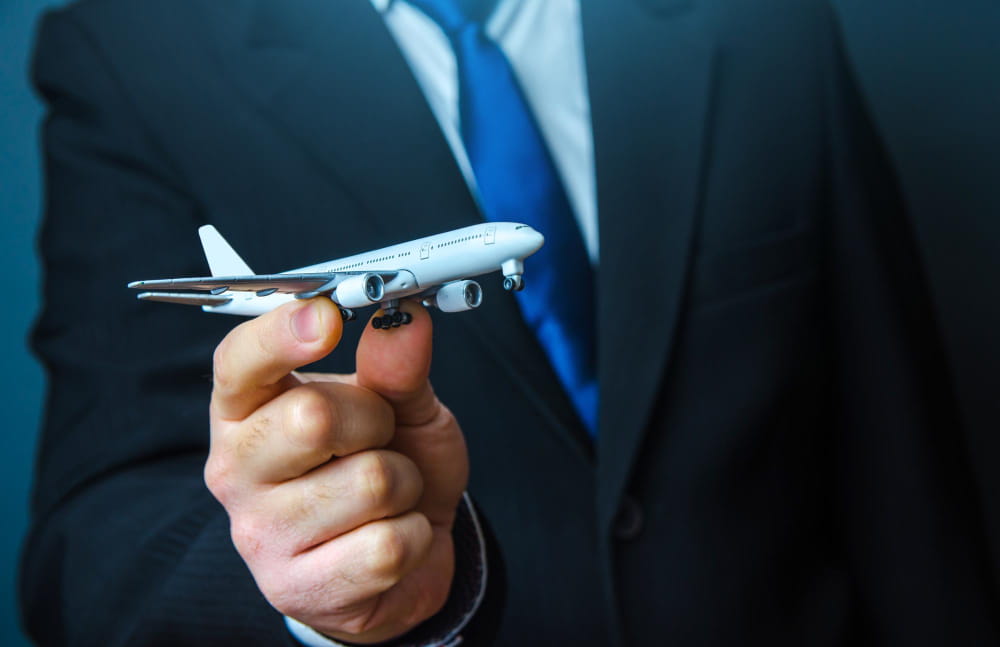The laws that apply during international flights depend on a number of factors, including the country of registration of the aircraft, the country of departure, the country of destination, and the nationality of the passengers and crew. However, most international flights are subject to a set of international laws known as the “Chicago Convention on International Civil Aviation,” which was established in 1944 and is overseen by the International Civil Aviation Organization (ICAO).
Under the Chicago Convention, the country of registration of the aircraft (i.e., the country where the airline is headquartered) is primarily responsible for regulating the operation and safety of the aircraft during international flights. However, the laws of the countries where the aircraft lands or passes over may also apply, particularly with respect to customs, immigration, and security matters.
Additionally, many airlines have their own set of rules and policies that apply during international flights, such as restrictions on smoking, alcohol consumption, and the use of electronic devices. These rules are usually outlined in the airline’s terms and conditions or in-flight safety manual. Please note these T&C might not be understandable easily to the general public and hence, if there’s a particular issue that you have faced and feel the airline should pay the damages for the same, please consult a lawyer along with all your airline tickets and documents to find out if the airline is liable for that.
There are many regulations regarding international flights, which are implemented to ensure the safety, security, and efficiency of international air travel. Some examples of these regulations include:
- Airworthiness regulations: These regulations govern the design, manufacture, and maintenance of aircraft. They include requirements for safety features such as backup systems, fire suppression equipment, and crash-resistant fuel systems.
- Flight operations regulations: These regulations govern how airlines to plan, and conduct their flights. They include requirements for flight planning, air traffic control procedures, and communication protocols.
- Airport regulations: These regulations govern the design, construction, and operation of airports. They include requirements for runway length, lighting, and safety features such as fire and rescue services.
- Passenger safety regulations: These regulations govern the safety of passengers during air travel. They include requirements for safety briefings, emergency equipment, and procedures for dealing with medical emergencies.
- Security regulations: These regulations govern the security of air travel, including requirements for passenger and baggage screening, air cargo security, and security procedures for dealing with potential threats.
- Environmental regulations: These regulations govern the environmental impact of air travel, including requirements for emissions control, noise reduction, and fuel efficiency.
Overview of regulations applicable on International Flights
- The Chicago Convention on International Civil Aviation: This treaty, signed in 1944, established the International Civil Aviation Organization (ICAO) and set out the basic principles for international air travel, including the rights and responsibilities of states and airlines.
- The International Air Services Transit Agreement (IASTA): This agreement, signed in 1944, allows airlines to operate international flights through the airspace of other countries without landing. It also establishes rules for the operation of air traffic control services and the use of radio frequencies.
- The Montreal Convention: This treaty, signed in 1999, establishes rules for the liability of airlines in the event of accidents or other incidents during international flights. It also sets out the rights of passengers in the event of delays, cancellations, or other disruptions to their travel.
- The Tokyo Convention: This treaty, signed in 1963, deals with offences committed on board aircraft and sets out the jurisdiction of the country in which the aircraft is registered to prosecute such offences.
- The Hague Hijacking Convention: This treaty, signed in 1970, makes it an offence to hijack an aircraft and establishes rules for the extradition and prosecution of hijackers.
- The Rome Convention: This treaty, signed in 1952, sets out rules for the liability of airlines in the event of injury or death of passengers during international flights.
- The Warsaw Convention: This treaty, signed in 1929, established a system for the international carriage of goods by air and set out rules for the liability of airlines in the event of loss or damage to cargo during international flights.
The country of registration of the aircraft, typically where the airline is headquartered, is primarily responsible for regulating the operation and safety of the aircraft during international flights. This includes ensuring that the aircraft meets certain safety standards and is properly maintained, as well as regulating the qualifications and training of the flight crew.
While the country of registration has primary responsibility for regulating the aircraft and its crew, the laws of the countries where the aircraft lands or passes over may also apply, particularly concerning customs, immigration, and security matters. For example, if an aircraft is flying from the United States to Japan, the laws of the United States and Japan would apply during the flight, even though the aircraft is registered in a third country.
Conclusion
In conclusion, the laws that apply during international flights are determined by a variety of factors, including the country of registration of the aircraft, the countries of departure and destination, and the nationality of the passengers and crew. The Chicago Convention on International Civil Aviation serves as a framework for international air travel regulations, and various other treaties and agreements address issues such as liability, hijacking, and cargo carriage.
The country of registration of the aircraft has primary responsibility for regulating the aircraft and its crew, while the laws of countries where the aircraft lands or passes over may also apply. These regulations are in place to ensure the safety, security, and efficiency of international air travel, and passengers are encouraged to familiarize themselves with the rules and regulations that apply to their flights.




